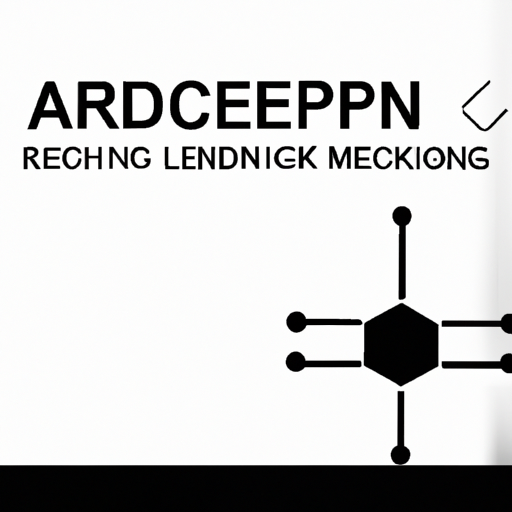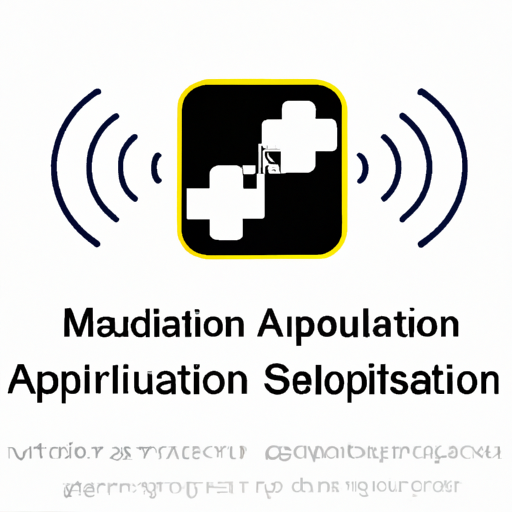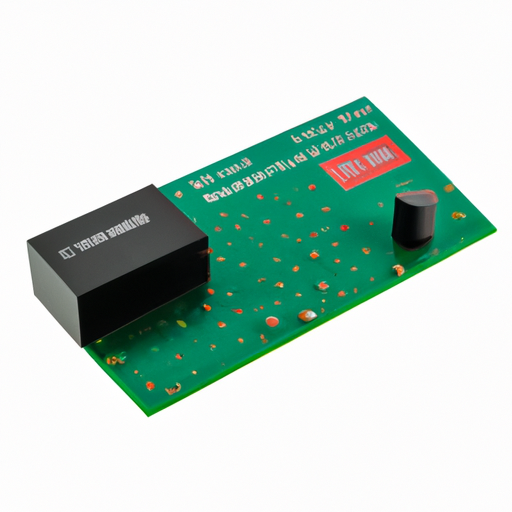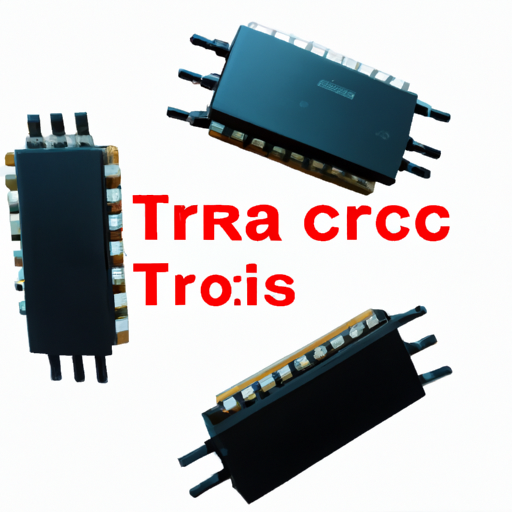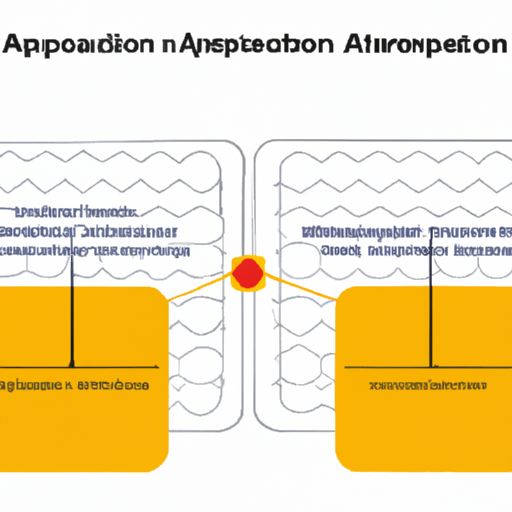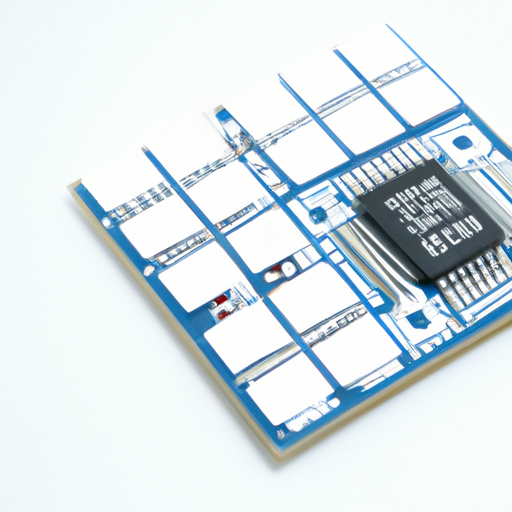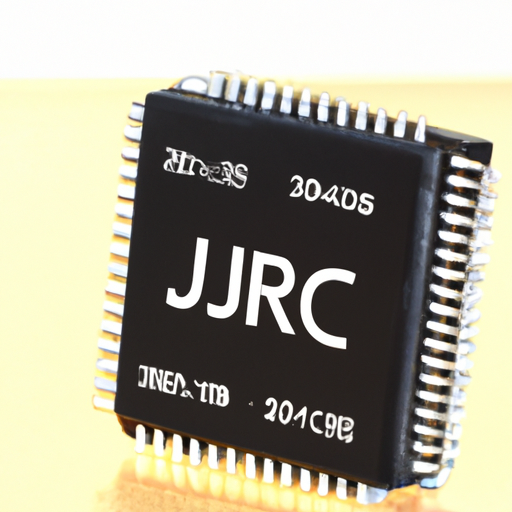
Overview of Specialized Integrated Circuits (ICs)Specialized integrated circuits (ICs) are designed to perform specific functions or tasks, distinguishing them from general-purpose ICs. The CFR-25JB-52-11R, while not widely recognized, represents a category of specialized ICs that can be pivotal in various applications. Below, we explore the core functional technologies of specialized ICs and highlight application development cases that demonstrate their effectiveness.
Core Functional Technologies of Specialized ICs1. Application-Specific Integrated Circuits (ASICs)2. Field-Programmable Gate Arrays (FPGAs)3. System on Chip (SoC)4. Digital Signal Processors (DSPs)5. Power Management ICs (PMICs)6. Mixed-Signal ICs1. Telecommunications2. Automotive Systems3. Consumer Electronics4. Industrial Automation5. Healthcare Devices6. IoT Applications Application Development Cases ConclusionSpecialized ICs, including the CFR-25JB-52-11R, are integral to advancing technology across various sectors. Their tailored designs enhance performance, efficiency, and functionality, addressing specific needs in telecommunications, automotive, consumer electronics, industrial automation, healthcare, and IoT. As industries continue to evolve, the demand for specialized ICs will likely increase, driving innovation and development in numerous fields. The effectiveness of these ICs in real-world applications underscores their importance in modern technology.
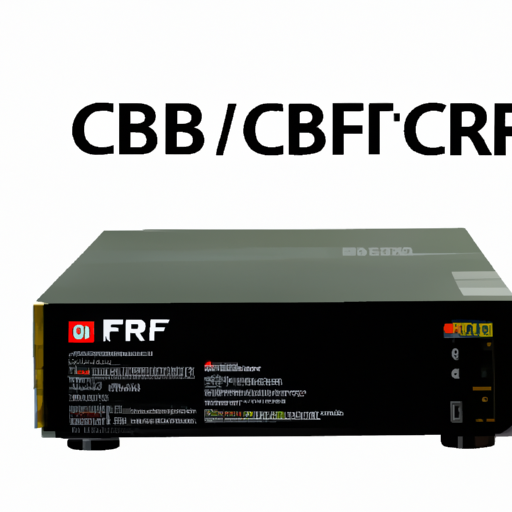
Overview of CFR-50JB-52-11K Video Processing TechnologyThe CFR-50JB-52-11K model, while not specifically detailed in available literature, can be understood within the broader context of video processing technologies. This overview will highlight core functional technologies and effective application development cases relevant to video processing, which may align with the capabilities of the CFR-50JB-52-11K.
Core Functional Technologies in Video Processing1. Video Encoding and Decoding2. Video Scaling and Resizing3. Frame Rate Conversion4. Color Correction and Grading5. Motion Estimation and Compensation6. Video Analytics7. Real-time Processing1. Streaming Services2. Surveillance Systems3. Augmented and Virtual Reality4. Video Conferencing5. Sports Broadcasting6. Content Creation and Editing7. Healthcare Application Development Cases in Video Processing ConclusionThe CFR-50JB-52-11K model, while not explicitly detailed, can be contextualized within the expansive field of video processing technologies. These technologies are foundational to a variety of applications across industries, including streaming services, surveillance, AR/VR, video conferencing, sports broadcasting, content creation, and healthcare. As advancements continue, the capabilities and applications of video processing will evolve, leading to innovative solutions that enhance user experiences and operational efficiencies.
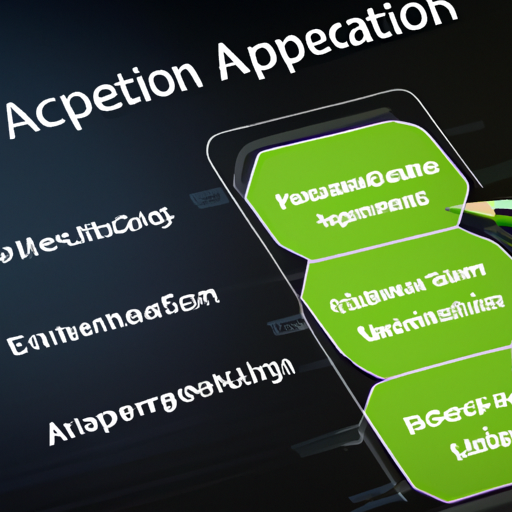
Application Development in Sensor, Capacitive Touch for ECS-F1VE155K: Key Technologies and Success StoriesThe ECS-F1VE155K is a capacitive touch sensor IC that has gained traction in various sectors, including consumer electronics, home appliances, and industrial devices. Its versatility and advanced features make it an ideal choice for developers looking to integrate touch technology into their products. Below, we explore the key technologies that underpin the ECS-F1VE155K and highlight notable success stories that showcase its application.
Key Technologies1. Capacitive Sensing Technology2. Signal Processing Algorithms3. Power Management4. User Interface Design5. Integration with Other Technologies1. Consumer Electronics2. Automotive Applications3. Industrial Applications4. Wearable Technology5. Home Appliances Success Stories ConclusionThe ECS-F1VE155K capacitive touch sensor IC is a versatile solution that empowers developers to create innovative products across various industries. By leveraging key technologies such as advanced signal processing, effective power management, and intuitive user interface design, developers can enhance user experiences significantly. The success stories in consumer electronics, automotive, industrial, and wearable technology underscore the growing importance and adoption of capacitive touch technology in modern applications, paving the way for future innovations.
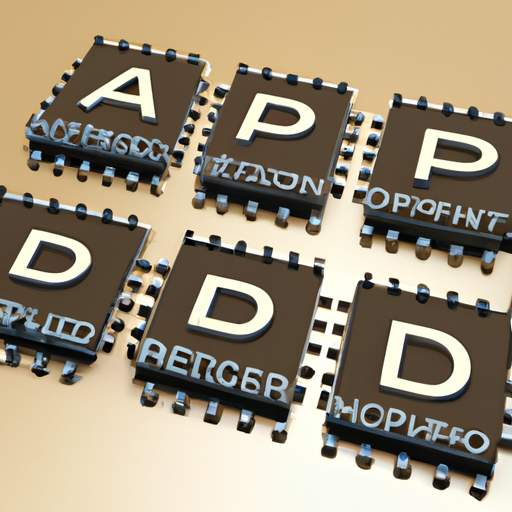
Application Development in IGBT Modules for CFR-50JB-52-110K: Key Technologies and Success StoriesThe CFR-50JB-52-110K IGBT module exemplifies the advancements in power electronics, particularly in applications requiring high efficiency, reliability, and performance. Below, we explore the key technologies that underpin the development of IGBT modules and highlight notable success stories that illustrate their impact across various industries.
Key Technologies1. High Efficiency and Low Switching Losses2. Thermal Management3. Modular Design4. Integrated Protection Features5. Smart Control Techniques6. Wide Bandgap Semiconductors1. Renewable Energy Systems2. Electric Vehicles (EVs)3. Industrial Motor Drives4. HVDC (High Voltage Direct Current) Transmission5. Consumer Electronics Success Stories ConclusionThe development and application of IGBT modules like the CFR-50JB-52-110K are pivotal in driving advancements across various industries, particularly in renewable energy, electric vehicles, and industrial automation. By harnessing key technologies and learning from successful implementations, manufacturers can continue to innovate, improving the performance, efficiency, and reliability of power electronic systems. As the demand for energy-efficient solutions grows, IGBT technology will remain at the forefront of power electronics development.








